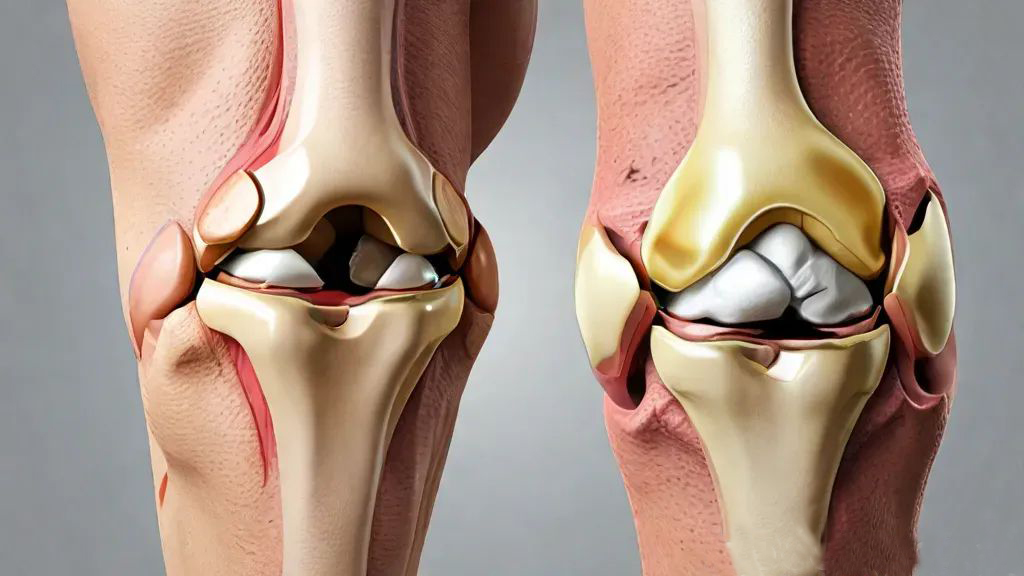
Total Knee Replacement A Comprehensive Guide By Dr. Vivek Bansal
Total knee replacement (TKR) is a transformative surgical procedure for individuals suffering from severe knee pain and mobility issues, typically due to advanced arthritis or injury. As an orthopedic specialist, I have witnessed the life-changing impact this surgery can have on patients, restoring not only their mobility but also their quality of life. This article provides a comprehensive overview of total knee replacement, including when it is needed, what the procedure involves, and the recovery process.
Understanding Total Knee Replacement
Total knee replacement is a surgical procedure in which damaged or worn-out knee joint surfaces are replaced with artificial implants. These implants, usually made of metal and plastic, are designed to mimic the natural movement of the knee, alleviating pain and restoring function.
When is Total Knee Replacement Needed?
TKR is generally recommended for patients with:
- Advanced Osteoarthritis
When conservative treatments like medication, physical therapy, and injections no longer provide relief, and the cartilage in the knee is severely worn down, TKR becomes a viable option. - Rheumatoid Arthritis
This autoimmune condition can lead to chronic inflammation and joint damage. When the knee is significantly affected, and daily activities become painful, TKR may be considered. - Post-Traumatic Arthritis
Previous injuries to the knee, such as fractures or ligament tears, can lead to arthritis over time. If these injuries result in chronic pain and limited mobility, TKR may be necessary. - Severe Knee Deformities
Some patients suffer from knee deformities, such as bowlegs or knock-knees, that worsen over time, leading to pain and functional limitations. TKR can correct these deformities and improve the alignment of the leg.
The Surgical Procedure
Total knee replacement surgery typically involves the following steps:
- Preoperative Assessment
Before surgery, a thorough medical evaluation, including imaging studies like X-rays or MRIs, is conducted to assess the extent of knee damage. Patients are also advised on how to prepare for surgery, including any necessary lifestyle modifications. - Anesthesia
TKR is usually performed under spinal or general anesthesia. The choice of anesthesia is based on the patient’s overall health and preferences. - Incision and Joint Preparation
A surgical incision is made on the front of the knee to expose the joint. The damaged cartilage and bone surfaces are then carefully removed. - Implant Placement
The prepared joint surfaces are fitted with metal components, and a plastic spacer is inserted between them to facilitate smooth movement. The implants are fixed in place using surgical cement or press-fit techniques. - Closing the Incision
The incision is closed with sutures or staples, and the knee is bandaged. A drain may be placed to remove excess fluids from the surgical site. - Postoperative Care
Patients are monitored in the recovery room before being transferred to a hospital room. Pain management, blood clot prevention, and early mobilization are key aspects of postoperative care.
Recovery and Rehabilitation
- Hospital Stay
Most patients stay in the hospital for 2-4 days after surgery. During this time, they begin physical therapy to promote knee movement and prevent stiffness. - Physical Therapy
A structured physical therapy program is essential for a successful recovery. Therapy focuses on restoring knee function, improving range of motion, and building strength in the leg muscles. - Home Care
Patients are encouraged to continue exercises at home to enhance recovery. Assistive devices like walkers or crutches may be used initially to aid in walking. - Follow-Up Visits
Regular follow-up visits with the surgeon are crucial to monitor the progress of recovery and address any complications that may arise. - Long-Term Outcomes
Most patients experience significant pain relief and improved mobility within three months of surgery. With proper care, the knee implant can last 15-20 years or more.
Risks and Complications
While TKR is generally safe, it is not without risks. Potential complications include infection, blood clots, implant loosening, and joint stiffness. Choosing an experienced surgeon and adhering to postoperative care instructions can significantly reduce these risks.